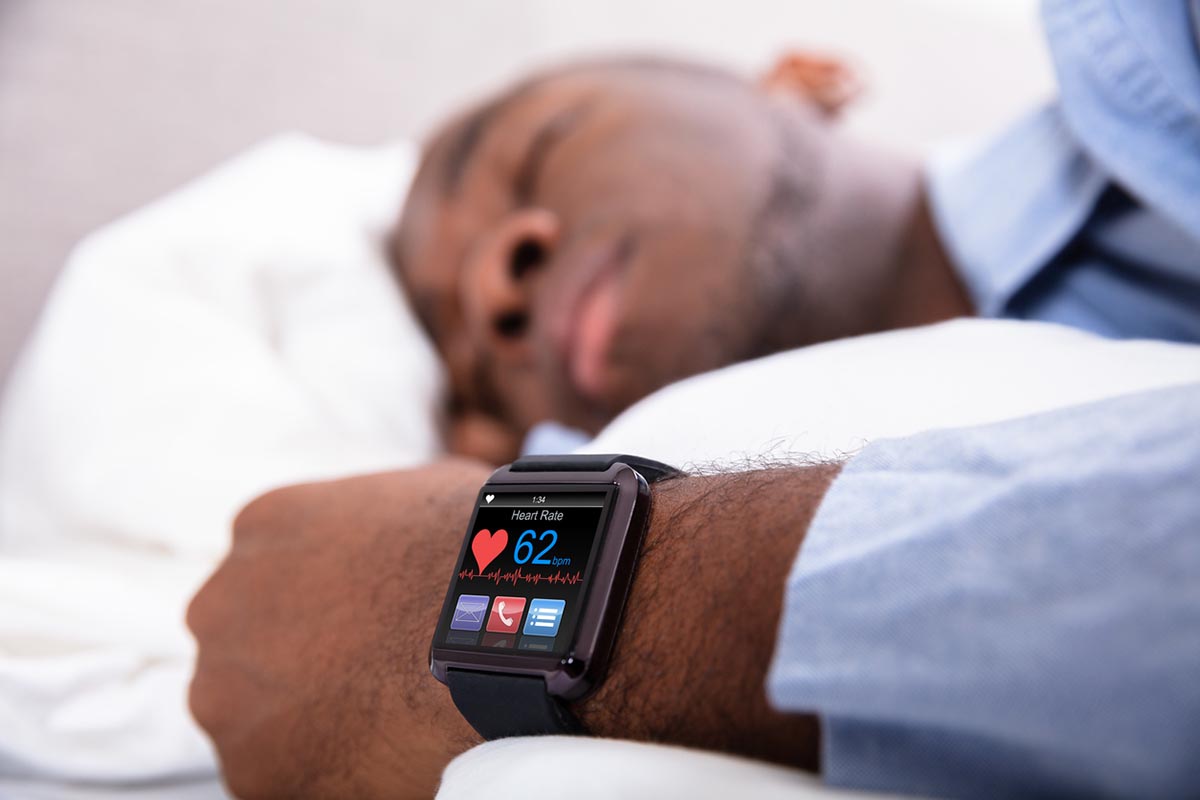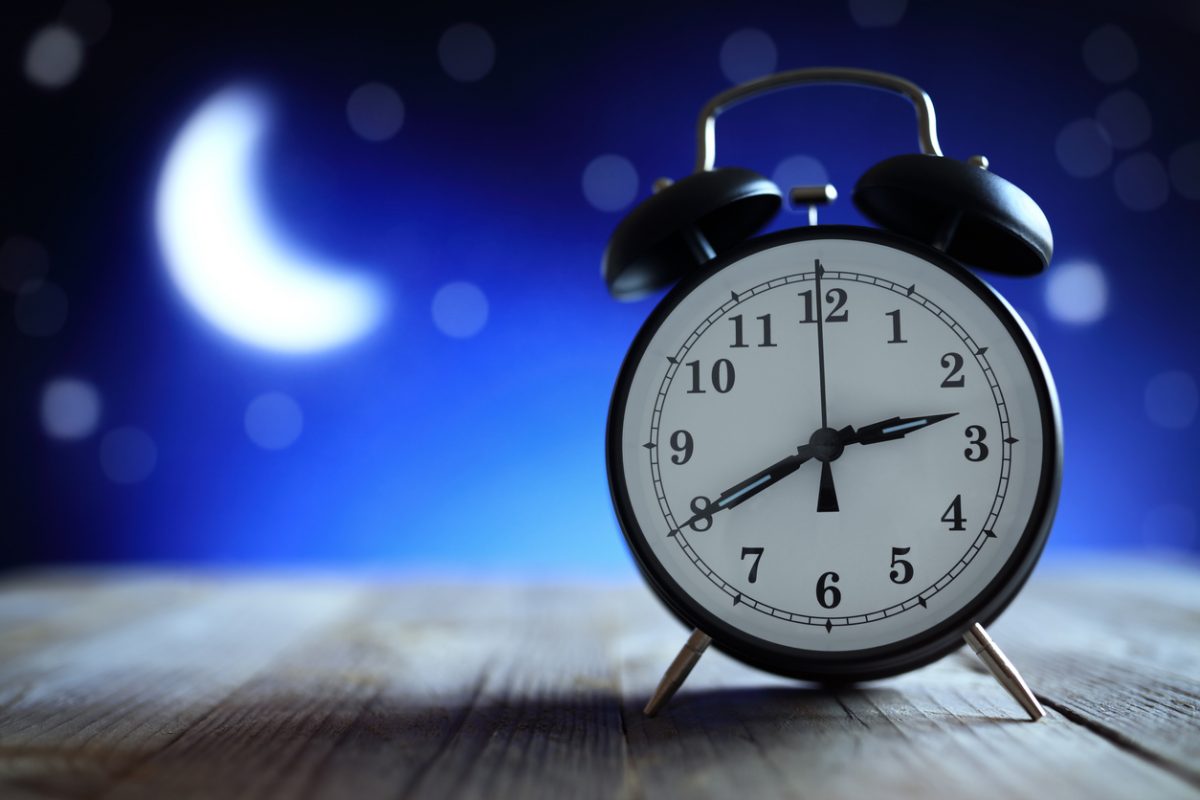
Prim Care Companion CNS Disord 2022;24(2):20l02906
To cite: Namitha R, Uvais NA. Monosymptomatic presentation of narcolepsy in adolescents and young adults. Prim Care Companion CNS Disord. 2022;24(2):20l02906.
To share: https://doi.org/10.4088/PCC.20l02906
© Copyright 2022 Physicians Postgraduate Press, Inc.
aDepartment of Pulmonology, Iqraa International Hospital and Research Centre, Calicut, Kerala, India
bDepartment of Psychiatry, Iqraa International Hospital and Research Centre, Calicut, Kerala, India
*Corresponding author: N. A. Uvais, MBBS, DPM, Department of Psychiatry, Iqraa International Hospital and Research Centre, Malaparamba, Calicut, Kerala 673009, India ([email protected]).
Excessive sleepiness can be found in up to 20% of school-aged children and adolescents.1 A significant number of adolescents with excessive sleepiness might be suffering from narcolepsy, a chronic sleep disorder that causes a dysregulation of the sleep-wake cycle that affects approximately 0.05% of the population and is often characterized by daytime somnolence, cataplexy, sleep paralysis, and hypnagogic hallucinations.2 The literature suggests that most of these patients either do not consult a physician due to poor awareness or are misdiagnosed with another neurologic or psychiatric disorder due to failure of the physician to specifically request an investigation of sleep disorders and the lack of awareness of the physician regarding the presentation of narcolepsy in this age group.3 Moreover, the phenotypic presentation of narcolepsy in children and adolescents is highly variable, and the disorder often presents with only one cardinal symptom, making the diagnosis difficult in this age group.1 The diagnosis of narcolepsy was determined, on average, 10–15 years after the first symptoms appeared.4 There are very few narcolepsy cases reported from India, especially among adolescents and young adults. Here, we report the case of a male patient who presented with excessive sleepiness who was diagnosed with narcolepsy based on polysomnography (PSG) findings.
Case Report
An 18-year-old man presented to the psychiatry outpatient services of our hospital with complaints of excessive daytime sleepiness of approximately 1 year duration. He reported that despite a good night’s sleep, he started sleeping for 4 to 5 hours during the daytime, with total sleep duration of 12 to 14 hours/day. If not woken, he would continue to sleep further. Because of continued excessive daytime sleepiness, the patient was unable to study, which led to academic decline. He could barely concentrate on activities. Gradually, he started becoming irritable with family members about trivial issues. There was no history suggestive of sleep attacks, sleep paralysis, hallucinations, or cataplexy. There was no past or family history of any psychiatric illness. There was no history suggestive of hypothyroidism, substance abuse, or seizure disorder and no family history of any sleep disorders. His routine investigations including thyroid function tests were within normal limits. However, he gave a history of occasional snoring while sleeping. Considering his history of snoring and obesity (body mass index = 30.9 kg/m2), an overnight PSG was done. The total duration of sleep evaluated was 391 minutes. The report ruled out obstructive sleep apnea as a cause for excessive daytime sleepiness (Apnea Hypopnea Index = 1.4). Sleep latency was 0.9 minutes. The Multiple Sleep Latency Test (MSLT)5 was performed the next day, 3 hours after waking up in the morning with a 2-hour interval until the patient was given 4 opportunities to nap and monitored for at least 15–20 minutes after the onset of sleep. The MSLT revealed the onset of rapid eye movement (REM) sleep within 9 minutes and 3 sleep onset REM periods (SOREMPs). Based on the PSG findings, he was diagnosed with narcolepsy, and oral armodafinil 250 mg/d was started.
Discussion
The diagnosis of narcolepsy was established in our case based on excessive daytime sleepiness, short REM latency, short mean sleep onset latency (0.9 min), and 4 SOREMPs during an MSLT. Diagnosis of narcolepsy in children and adolescents is a challenge. The variability of clinical presentation, low prevalence rate, and comorbid psychiatric symptoms often make the diagnosis difficult. Literature suggests that most of the children and adolescents who present to physicians with narcolepsy symptoms are often misdiagnosed and exposed to various anticonvulsant, antipsychotic, and antidepressant medications.3 Monosymptomatic presentation of narcolepsy among this age group also leads to misdiagnosis and inappropriate treatment. Our case highlights the need to properly investigate adolescents and young adults who present with excessive sleepiness with overnight PSG to diagnose narcolepsy early in its course so that appropriate early treatment, both pharmaceutical and supportive, can be initiated, which can have meaningful effects on quality of life, socialization, and school performance.6
There are very few cases of narcolepsy reported from India. After an extensive literature search, we found 1 observational study with a sample size of 20, 1 case series of 4 patients, and 6 reports of individual cases (Table 1).2,3,7–12 Among the case reports, only 2 were regarding adolescent patients with narcolepsy. Gupta et al3 described the case of an 18-year-old man with narcolepsy with illness onset at 16.5 years of age, who presented with all the cardinal features of narcolepsy. However, no PSG was done in this case. Swarnakar and Deotare7 described the case of a 15-year-old girl with narcolepsy with illness onset at 12 years of age, who presented with all the cardinal features of narcolepsy. Her PSG findings showed sleep latency of 1.5 minutes and REM latency of 7 minutes.6 Our case differs from the above 2 cases in the monosymptomatic presentation.
The incidence of narcolepsy usually peaks in adolescence. However, we found only 2 adolescent patients with narcolepsy reported from India. Based on the lack of literature, it can be argued that the prevalence of narcolepsy in India is lower than that in the Western world. However, it is also important to consider the possibility that a significant number of adolescent patients who present with a single symptom at the onset, like in our case, may go undiagnosed due to lack of awareness among patients, lack of awareness among physicians regarding such variable presentations, and lack of facilities for overnight PSG evaluation in most of the centers.
In conclusion, monosymptomatic presentation of narcolepsy is common in children and adolescents. Clinical suspicion and overnight PSG along with MSLT can help in the early diagnosis of narcolepsy in this age group.
Published online: March 3, 2022.
Potential conflicts of interest: None.
Funding/support: None.
Patient consent: Consent was received from the patient to publish the case report, and information has been de-identified to protect anonymity.
References (12)

- Coelho FMS, Aloe F, Moreira G, et al. Narcolepsy in childhood and adolescence. Sleep Sci. 2012;5(4):139–144.
- Gupta A, Shukla G, Goyal V, et al. Clinical and polysomnographic characteristics in 20 North Indian patients with narcolepsy: a seven-year experience from a neurology service sleep clinic. Neurol India. 2012;60(1):75–78. PubMed CrossRef
- Gupta AK, Sahoo S, Grover S. Narcolepsy in adolescence–a missed diagnosis: a case report. Innov Clin Neurosci. 2017;14(7–8):20–23. PubMed
- Morrish E, King MA, Smith IE, et al. Factors associated with a delay in the diagnosis of narcolepsy. Sleep Med. 2004;5(1):37–41. PubMed CrossRef
- Chervin RD, Aldrich MS. The relation between multiple sleep latency test findings and the frequency of apneic events in REM and non-REM sleep. Chest. 1998;113(4):980–984. PubMed CrossRef
- Morse AM, Kothare SV. Narcolepsy in adolescence. In: Kothare S, Quattrucci Scott R, eds. Sleep Disorders in Adolescents: A Clinical Casebook. Springer; 2017.
- Swarnakar R, Deotare A. Narcolepsy type 1. Lung India. 2019;36(4):337–339. PubMed CrossRef
- Gupta R, Goel D, Farney R, et al. Narcolepsy: a case from India with polysomnographic findings. Neurol India. 2012;60(1):79–81. PubMed CrossRef
- Bhatia M, Arif MA. Narcolepsy an often missed diagnosis: first documented case from India. Neurol India. 2009;57(4):509–511. PubMed CrossRef
- Shehna A, Khan F, Sandhya KS. Radiation-induced secondary narcolepsy. Ann Indian Acad Neurol. 2015;18(4):488–490. PubMed
- Panda S. Status cataplecticus as initial presentation of late onset narcolepsy. J Clin Sleep Med. 2014;10(2):207–209. PubMed CrossRef
- Ray A, Kanabar K, Upadhyay V, et al. A four-year experience in narcolepsy from a sleep clinic at a tertiary care centre with a short review of contemporary Indian literature. Indian J Med Res. 2018;148(6):748–751. PubMed CrossRef
Please sign in or purchase this PDF for $40.
Save
Cite




